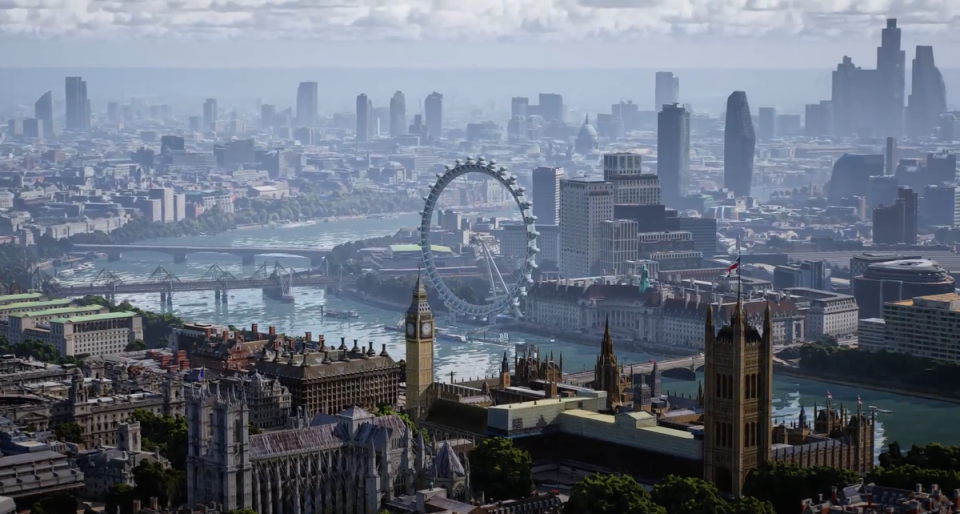How to use Google Maps’ 3D Immersive View in London

There’s a new way to experience London using Google Maps.
You can navigate the city using a 3D digital model of London, letting you soar across the skies to find the best local attractions.
Originally revealed last May, the Immersive View feature is designed to give you a better idea of a place or location to help you plan your visit. Google created the 3D model using advanced computer vision and AI, known as “neural-radiance fields”, to combine its billions of street view and aerial images.
Searching for a place will allow you to explore the skyline in 360 degrees and get close to venues you are interested in. You’ll also be able to use a time slider to view what an area looks like at different times of the day, in various weather conditions, and see where the busy spots are.
To get closer to a destination, you can slide down to street level to go inside nearby restaurants. This will allow you to see what the lighting is like inside a local eaterie before a date or the view from your chosen café.
“With neural-radiance fields, we can accurately recreate the full context of a place including its lighting, the texture of materials, and what’s in the background,” said Chris Phipps, Google’s general manager of Geo.
Immersive View is already live on Google Maps in a number of cities around the world, including London, Los Angeles, New York, San Francisco, and Tokyo.
An additional feature called indoor live view will overlay information on top of the real world using augmented-reality graphics at London airports, the company said. So, the next time you’re at Heathrow, for instance, you’ll be able to switch to the AR-powered view to see large arrows pointing to the nearest toilets, lounges, taxi stands, car rentals, and more.
With the feature now available to use, here’s a guide on how to make the most of it.

How to use Immersive View in Google Maps
At no extra cost, you can try Immersive View out for yourself. It’s currently only supported on mobile apps, but there are plans to bring it to desktops, too — although it’s really more useful as an on-the-go tool.
First, make sure that your Google Maps app is updated to the latest version. Open up the app and search for a landmark in one of the supported cities.
On the bottom left, you should see an Immersive View card pop-up. If you don’t, it probably means you are either in a city that’s not supported or haven’t updated to the latest version of the app.
If you do see it, tap it and it will bring up the Immersive View features. From there, you can see the weather, accurate lighting, or a 3D preview of the route to bring you to your chosen location.
Google aims to have Immersive View rolled out in 15 cities around the world by the end of 2023 so, if your city is not yet supported, keep an eye on Google’s announcements to see if it could be coming to you sometime soon.

 Yahoo Sport
Yahoo Sport 





































